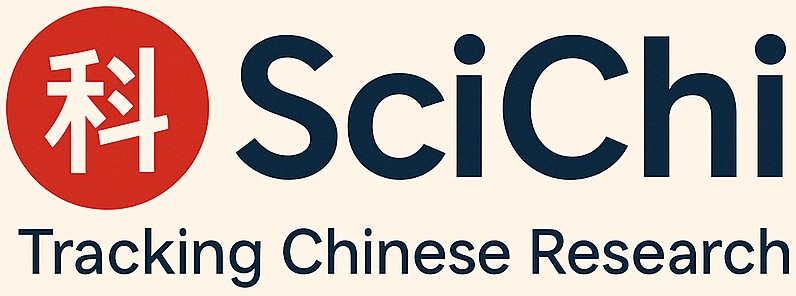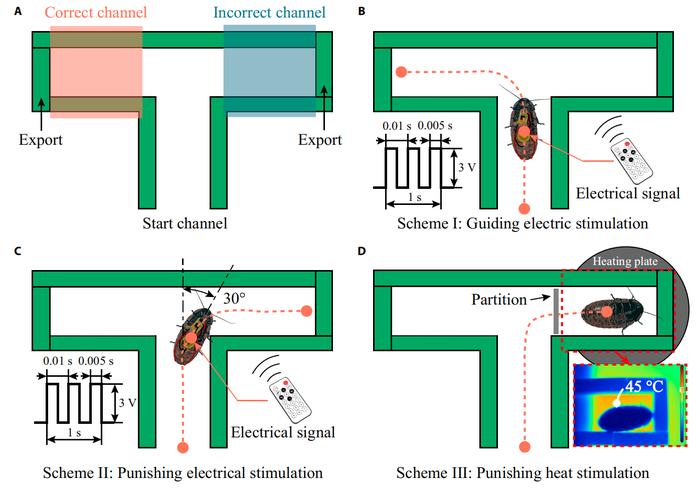Scientists have discovered a remarkably effective method for teaching cockroaches to navigate mazes, potentially transforming these common insects into valuable search-and-rescue agents for disaster zones.
Researchers at Beijing Institute of Technology revealed that gentle electrical stimulation applied to a cockroach’s cerci—sensory organs on their rear end—not only steers their movement but also helps form strong spatial memories, allowing insects to learn maze paths with unprecedented efficiency.
“To investigate the effect of electrical stimulation of sensory organs on insect memory formation, the cerci of cockroaches were stimulated with electric signals during training, inducing them to divert to a specific maze channel before making autonomous decisions,” explained lead researcher Li Yu from the Beijing Institute of Technology.
The study, published in Cyborg and Bionic Systems, demonstrated that cockroaches required just five training sessions to develop strong preferences for specific maze pathways, achieving a remarkable memory score of 83.5%—significantly outperforming traditional training methods that use punishment to shape behavior.
The training involved Madagascar hissing cockroaches fitted with tiny wireless stimulation devices weighing just 675 milligrams—light enough not to impede the insects’ natural movement. Through careful testing, researchers determined that 100 Hz electrical pulses produced the optimal steering response, causing cockroaches to turn approximately 70 degrees toward the desired direction.
What makes this approach groundbreaking is its effect on memory formation. While scientists have previously used electrical stimulation to control insect movement, this is the first study demonstrating that such stimulation also enhances spatial learning and memory.
“We demonstrated that cockroaches completed spatial learning after only five training sessions. The learning performance of cockroaches under electrical inducement-based training exceeded that of traditional punishment-based training,” noted Li Yu.
This steering-based learning proved remarkably stable across different cockroaches, with all test subjects developing a preference for the correct maze path in short-term testing—far more consistent than traditional training methods using heat or electrical punishment, where individual differences often led to variable results.
The implications extend far beyond simply controlling insect movement. Cockroaches possess excellent odor detection, spatial discrimination, and visual recognition capabilities. By combining these natural talents with enhanced learning ability, researchers could potentially develop cyborg insects capable of detecting survivors in collapsed buildings, identifying hazardous materials, or navigating complex environments too dangerous for humans.
Researchers plan to expand on this work by integrating sensory cues with the electrical stimulation to enhance the cockroaches’ ability to recognize environmental features, visual information, and odors—potentially creating insects that could locate specific scents or materials in real-world settings.
This innovative approach bridges the gap between remote-controlled cyborg insects and trained insects, creating a hybrid that combines the precision of electrical control with the adaptability of learning—bringing us one step closer to deploying insect allies in our most challenging search and rescue operations.
Discover more from SciChi
Subscribe to get the latest posts sent to your email.

